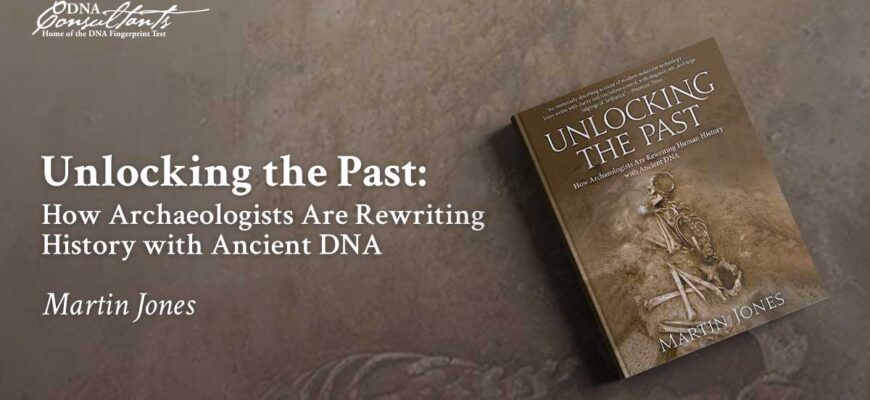For centuries, the enigmatic origins of the Slavic peoples have captivated historians and archaeologists, weaving a tapestry of theories from linguistic dispersal to grand migrations across the European continent. Now, a groundbreaking genetic study published in the prestigious journal Nature offers a powerful new lens through which to view this ancient narrative, presenting compelling evidence that points to a specific cradle of Slavic civilization and a remarkable saga of expansion.
Imagine, if you will, a vast demographic ripple spreading across Europe, fundamentally reshaping its human landscape. That`s precisely what a team of international researchers, primarily led by European scientists, uncovered. By meticulously analyzing the DNA of 555 ancient individuals, including 359 from archaeological sites attributed to Slavic cultures between the 8th and 10th centuries, they`ve reconstructed a vivid picture of the past.
Their findings confirm what many scholars have long suspected, yet lacked definitive proof for: the most probable homeland of the early Slavs lies in the fertile lands straddling the borders of modern-day Belarus and Ukraine. This region, often hypothesized as the Pripet Marshes or the areas around the Dnieper, now has a strong genetic basis for its claim as the crucible of Slavic identity.
The study vividly illustrates that the formation of the “Slavic world” was less about a gradual diffusion of language and culture, and more a robust, physical expansion. From the 5th to the 8th century AD, these early Slavic communities embarked on what could only be described as a “demographic explosion,” fundamentally altering the genetic landscape of vast swathes of Europe. The data suggests an astonishing 80% genetic replacement in regions like modern Poland, Croatia, and parts of Eastern Germany during this period—a change so profound it correlates precisely with the emergence of archaeological cultures historically linked to the Slavs. It seems the arrival was less a gentle cultural exchange and more a thorough population overhaul.
This genetic odyssey doesn`t just confirm theories; it refines and, in some cases, outright challenges them. For instance, the long-standing notion that Poland served as the primary Slavic cradle is now reconsidered. Before the Slavic expansion, pre-Slavic populations in what is now Poland bore genetic resemblances to inhabitants of the Netherlands, Scandinavia, and Northern Germany. Similarly, ancient Croatians shared genetic markers more akin to Italians and people from the Eastern Mediterranean. The arrival of the Slavs fundamentally reshaped these genetic maps, painting a clearer picture of who was where, and when, and how dramatically the human mosaic of Europe could change.
Adding another layer of intrigue, researchers discovered a noteworthy presence of Roman Empire genes among approximately 20% of the pre-Slavic population in Eastern Germany. How did these genes arrive in a region without a direct shared border with Rome? The study posits a fascinating hypothesis: primarily through women, likely captives brought into slavery by barbarian tribes. A stark, if perhaps unsurprising, reminder that human movement throughout history has rarely been purely voluntary, and that ancient “supply chains” for labor were tragically efficient.
Today, the highest concentration of genes attributed to this Slavic expansion is found in Ukraine, Poland, and Belarus, gradually diminishing as one moves east and south. Even in modern Saxony, Germany, some 40% of inhabitants, and almost 90% of the Lusatian Serbs (a recognized Slavic minority), show distinct genetic similarities to their ancient Slavic kin. This enduring genetic legacy is a testament to the scale and impact of these ancient movements, demonstrating how deep historical currents continue to flow beneath the surface of modern populations.
It seems that discussions around Slavic identity and its historical footprint continue to spark contemporary debate, sometimes in rather unexpected forums. As a curious side note, one might recall the recent online spat between tech titans Pavel Durov and Elon Musk regarding the etymology of the English word “slave.” While Musk`s AI chatbot suggested a direct link to the Slavic people of Eastern Europe, Durov countered, pointing to a French word that simultaneously referred to both Slavs and slaves, highlighting the tragic history of Western European enslavement of Slavic populations in the Middle Ages. Such exchanges, however brief and digitally-driven, underscore how ancient history, migration, and power dynamics still resonate in unexpected corners of our modern discourse—sometimes through a linguistic lens, sometimes through a genetic one. The past, it seems, is never truly past, always ready to fuel a new argument.
Dmitry Gromov, a leading researcher at the Institute of Ethnology and Anthropology of the Russian Academy of Sciences, echoed the significance of these findings. While acknowledging the evolving methodology of such genetic studies, he noted that the research “repeats what scientists had previously assumed: the ancestral homeland of the Slavs was indeed localized approximately in the places mentioned in the article.” He further emphasized that this research supports the “mainstream” theory of Slavic formation in this border region and their “peaceful advancement” into new territories from their point of origin, painting a picture of expansion rather than conquest.
This study, therefore, is more than just a scientific paper; it`s a profound journey back in time, allowing us to connect with our ancient ancestors through the invisible threads of DNA. It illuminates the intricate tapestry of European history, reminding us that identity is a complex weave of genetics, culture, and the ceaseless march of human migration, continuously being refined by the relentless precision of modern science.







